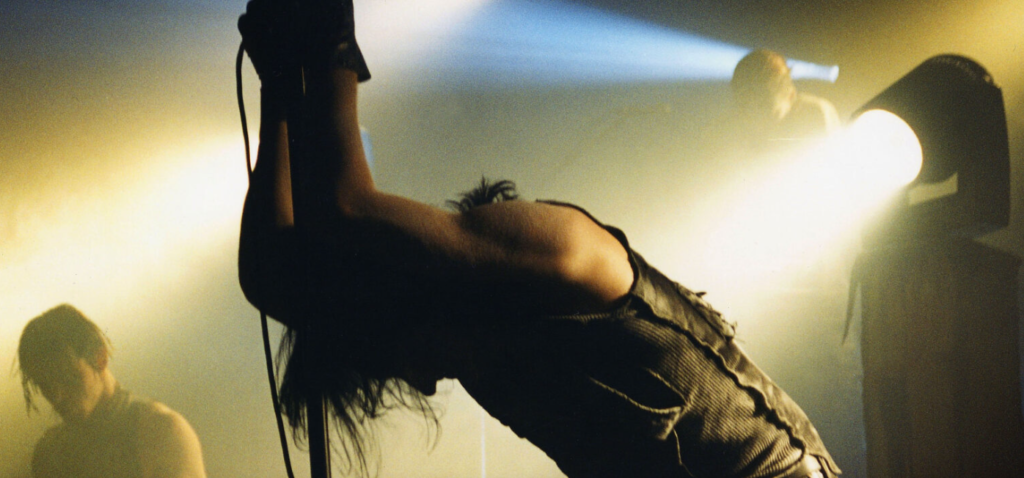
As The Downward Spiral reaches its 30th anniversary this year, it continues to be a groundbreaking piece of art that challenges the boundaries of popular music. It remains one of the most influential alternative albums of its time, successfully achieving mainstream success. This album, which pushes the limits of creative censorship, is still regarded as Nine Inch Nails’ boldest and most uncompromising work.
During my research for my book, Into The Never, which delves into the creation of The Downward Spiral, I had the opportunity to explore the past, present, and future of Nine Inch Nails. Within this piece, I have intertwined the comprehensive knowledge found in my literary work with private conversations held with Flood, Alan Moulder, Sean Beavan, Brian Pollack, and Andy Kubiszewski. These interviews shed light on their experiences working with Trent Reznor.
The opening track, “Mr Self Destruct,” sets the tone for the album with a sample from George Lucas’ film, THX1138, featuring the sound of a prisoner being beaten. This raw physicality permeates the entire record. With themes revolving around mental health, drug abuse, BDSM, and suicide, The Downward Spiral holds a mirror to the struggles faced by the “lost” generation of Gen X. Its relevance remains as strong today as it was when it was released in 1994.
With the unwavering backing of Interscope label magnate Jimmy Iovine, Reznor was granted the liberty to manifest his artistic vision and was allocated a generous budget to establish his very own bespoke studio. He even brought along John Lennon’s mellotron, famously heard on “Strawberry Fields Forever.” The album gained notoriety for being recorded at the infamous bungalow on 10050 Cielo Drive, where the Manson Family murders took place in 1969. Reznor named the studio “Le Pig,” referencing the word “PIG” scrawled in Tate’s blood on the front door. As a macabre keepsake, Reznor took the door with him.
Flood, the album’s producer, who himself admits to a fear of ghosts and hauntings, described a peculiar atmosphere in the house as he entered through its imposing barbed-wire topped gate. He shared with me, “There was an undeniable presence that lingered within those walls.” Located in Benedict Canyon, with a view of Los Angeles, the sunny land didn’t hold much interest for Reznor and his crew. They preferred to black out the windows and work during the night, isolated by choice. Mixing engineer Sean Beavan recalls stepping outside at dawn to have coffee with Flood and appreciate the city view. It is well-known that Reznor claims he had no prior knowledge of the house’s history. He chose Cielo Drive because it provided enough space for his studio and live recording rooms. However, he only discovered the dark and tragic past of the house after seeing a legal notice in the rental agreement. Every day, curious tourists would interrupt recording sessions, hoping for a tour of the house. On the anniversary of the Manson Family murders, the band decided to leave the house for the day, only to return and find the street covered in flowers. The producer encouraged Reznor to work on demos for the album, aiming for at least eight tracks as a starting point. He was amazed by what he heard, as the songs were already there. Many parts from these demos were considered perfect and incorporated into the final songs. Beavan admired Alan Moulder’s ability to listen and enhance a song, such as adding the reversed drumbeat intro from Iggy Pop’s “Nightclubbing” and suggesting the final piano coda for “Closer.” Flood recalls moments of tension where he chose to step back from the process, like when working on the iconic chorus of “Closer.” He disliked the initial version and felt it sounded plain. After discussing it with Trent, Flood decided to step away, which prompted Trent to sample a variety of insects, resulting in a unique sound.